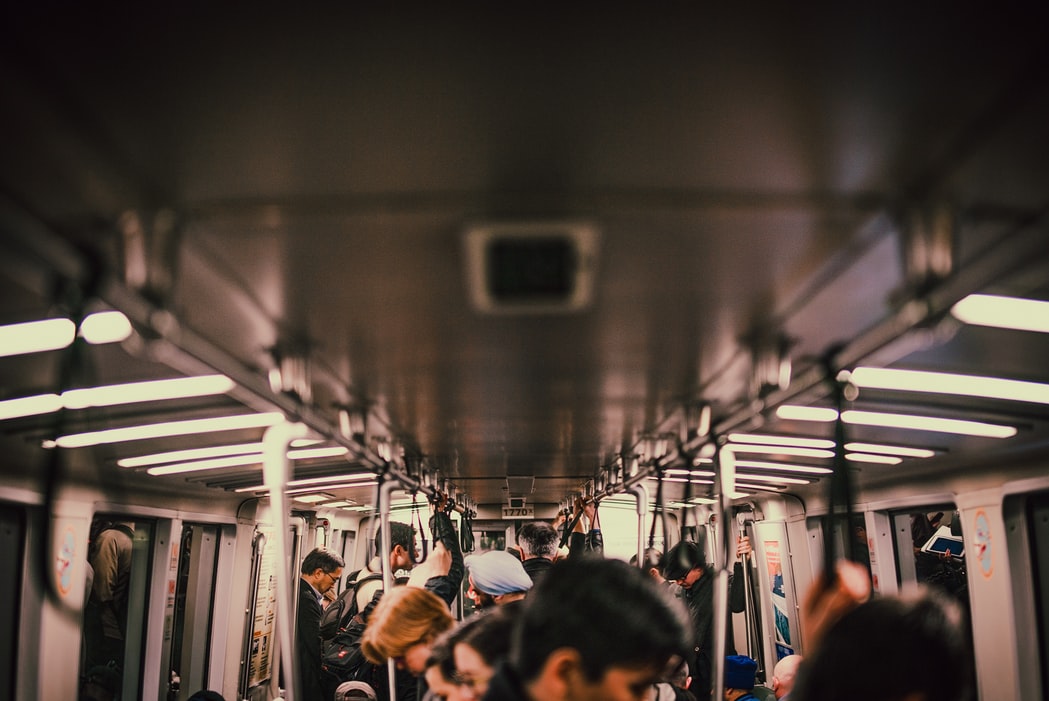Transit Blues in the Golden State: How the Housing Crisis Hurts Transit Ridership

A new research brief from UCLA Institute of Transportation Studies finds more compelling evidence linking land use and transportation equity by unpacking California’s jobs-housing balance. Blumenberg & King (2021) analyze the “self-containment” of workers in California, or the ratio between work commutes inside and outside city boundaries. Amid an increasingly dire housing shortage, the researchers find that a lack of housing supply is pricing out more low-wage workers farther away from their jobs, as high housing costs increase commute burdens.
Key takeaways:
- Historically, lower-income workers have lived closer to their jobs, but that trend is reversing: “California workers are becoming less likely to both live and work in the same city.”
- This is due to housing costs. “Workers are less likely to both live and work in cities with expensive housing.”
- Land use reform can help turn the tide. “Policies to increase the supply of housing in job-rich and high-housing-cost areas could help reverse this troubling trend,” which must be paired with other strategies that “extend beyond housing production, such as policies to better match job skills and housing prices to the needs of potential workers.”
The data in this brief is originally from a research report by Taylor et al (2021) (Blumenberg and King are among the many included in “et al”). This dire warning of a report entitled “Transit Blues” shows declining transit ridership throughout California over the years preceding COVID-19. That report found a 15% increase in commute distances for Californians from 2002 to 2015, due in large part to increased housing costs.
From this data, Blumenberg and King were also able to extrapolate a rate of self-containment, or the ratio of work trips within the same city to work trips between different cities. From 2002 to 2015, the average California city’s self-contained local work commute share fell from 7.5% to 6.3% of trips.
“The data show that lower-wage workers are more self-contained than higher-wage workers,” the researchers report, “…consistent with other research showing that lower-wage workers tend to have shorter commute distances than higher-wage workers.” However, commute burdens are increasing for lower-income households: “Workers are less likely to both live and work in cities with expensive housing … Once workers are priced out of a city’s housing supply, they often locate farther from their places of work in search of cheaper housing.” This can also exacerbate poverty by limiting access to economic opportunities.
Ultimately, this will be critical to address in order to reduce greenhouse gas emissions, because “improvements in the proximity of workers to jobs can contribute to shorter commutes, less vehicle travel and, potentially, greater use of modes other than driving.”
If you enjoyed this content, be sure to sign up for our newsletter, The HomeWork, where we share legislative updates, news clips, housing research and analysis, and the latest writings from the California YIMBY team.